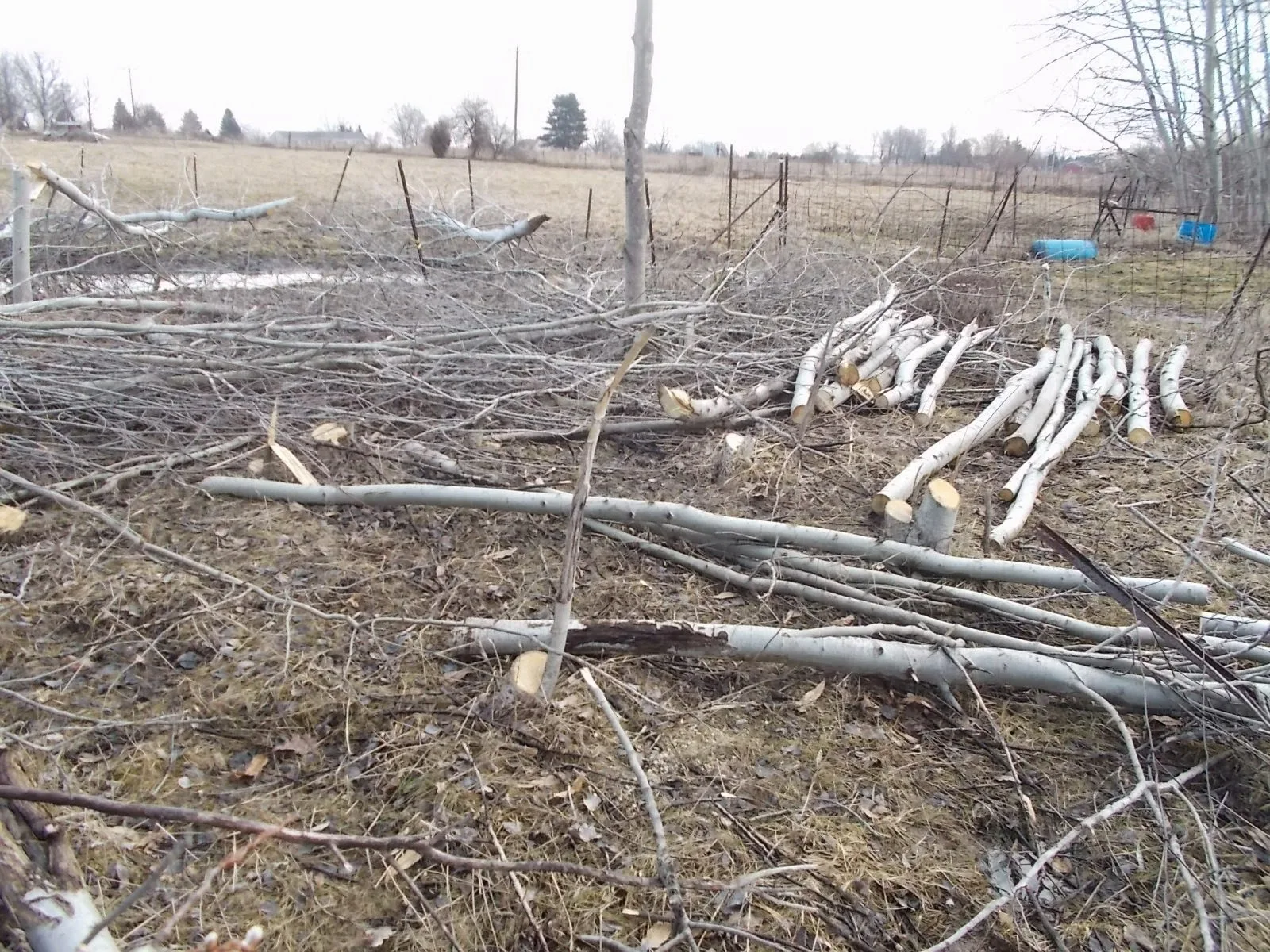At least one of my local readers raises bees. Her first name is Elizabeth and she is a "4-H" mom. This post is dedicated to her and to all of her selfless peers in the 4-H program.
All pictures taken on the Eaton Rapids Joe estate.
The Three Earliest, Vernal Witch Hazel, Soft Maples and Quaking Aspen
 |
| Vernal Witch hazel This may be misidentified. It might be Chinese Witch Hazel. The flowers smell glorious. |
 |
| Red maple, silver maple and hybrids. These buds have not pushed their anthers but are close. Other trees in my neighborhood are further along than this tree. |
 |
| An aspen catkin |
These often experience peak bloom when temperatures are too low and the weather is too unsettled for the bees to be actively foraging.
The On Deck Circle
To my way of thinking these next set of pictures show the earliest heavy lifters of the apiary season.
 |
| Pussy Willow. Catkin buds just starting to crack. |
 |
| Wild Mustard, aka Yellow Rocket. I have never seen the bees work the flowers of this plant. But I know in my heart that somewhere there is a land-race that produces enough pollen and nectar to be a very valuable plant. |
 |
| Apricot. I naively assumed that all fruit tree blossoms were equally attractive to bees. I was wrong. Apricot blossoms are very early and very attractive to bees. I have three apricot trees on the east side of my yard and they hum when they are in bloom. |
Brassicas
Turnips, kale and canola are valuable food plot components because they produce high quality forage well into the coldest season. They are not nearly as winter hardy as wild mustard but some of them usually survive the winter, usually due to freak accident.
Smaller plants seem to show better winter survival. I attribute that to the growing points being closer to the moderating influence of the dirt and to being more quickly covered by an insulating layer of snow. Target date for planting wildlife food plots is August one. If bee forage was primary objective, then August 21 would probably be a better target date as winter survival is of paramount importance.
Shown in order of assumed hardiness. My plan is to let some of the survivors self-seed.
 |
| Shogoin Turnip. Globe turnip nestles deeply in the ground and the growing point is quickly covered by snow. This plant has a big bulb pushing it and should grow quickly and produce huge numbers of flowers. |
 |
| Red Russian Kale. |
 |
| Barkant turnip. This is a tankard shaped turnip which is good for wildlife forage since it puts much of the bulb within reach of the deer's mouth. But Tankard shaped roots also put the growing point up high where it is subject to freeze damage (and browse). Something kicked this one over so it survived. |
 |
| Tatsoi. I expected better winter survival based on the shape of the plant. Some survived. Most did not. This one may have been partially sheltered by the large kale leaf to the right of the growing crown. |
Gratuitous Vegetable Porn
 |
| Multiplier onion |













No comments:
Post a Comment
Readers who are willing to comment make this a better blog. Civil dialog is a valuable thing.